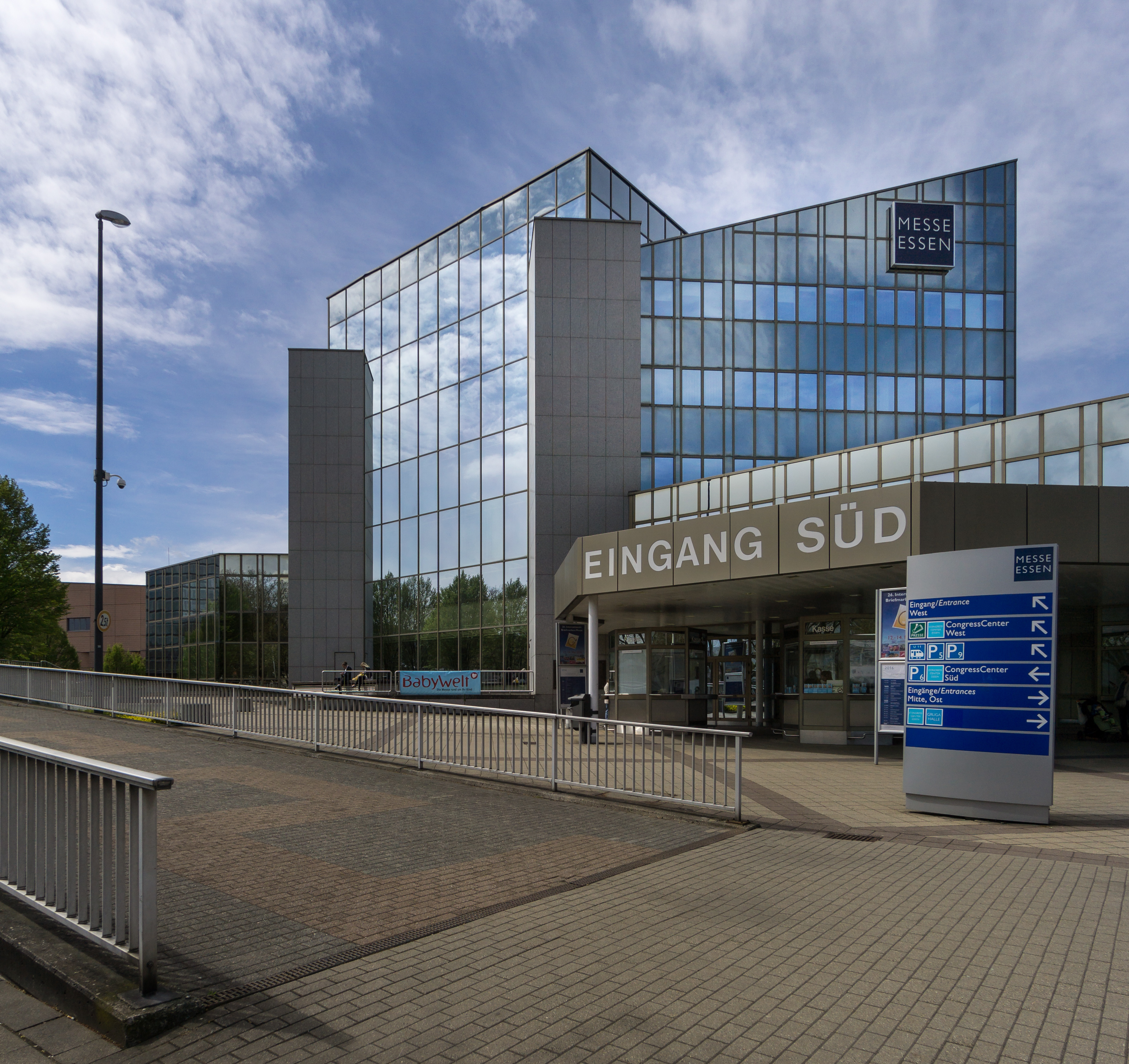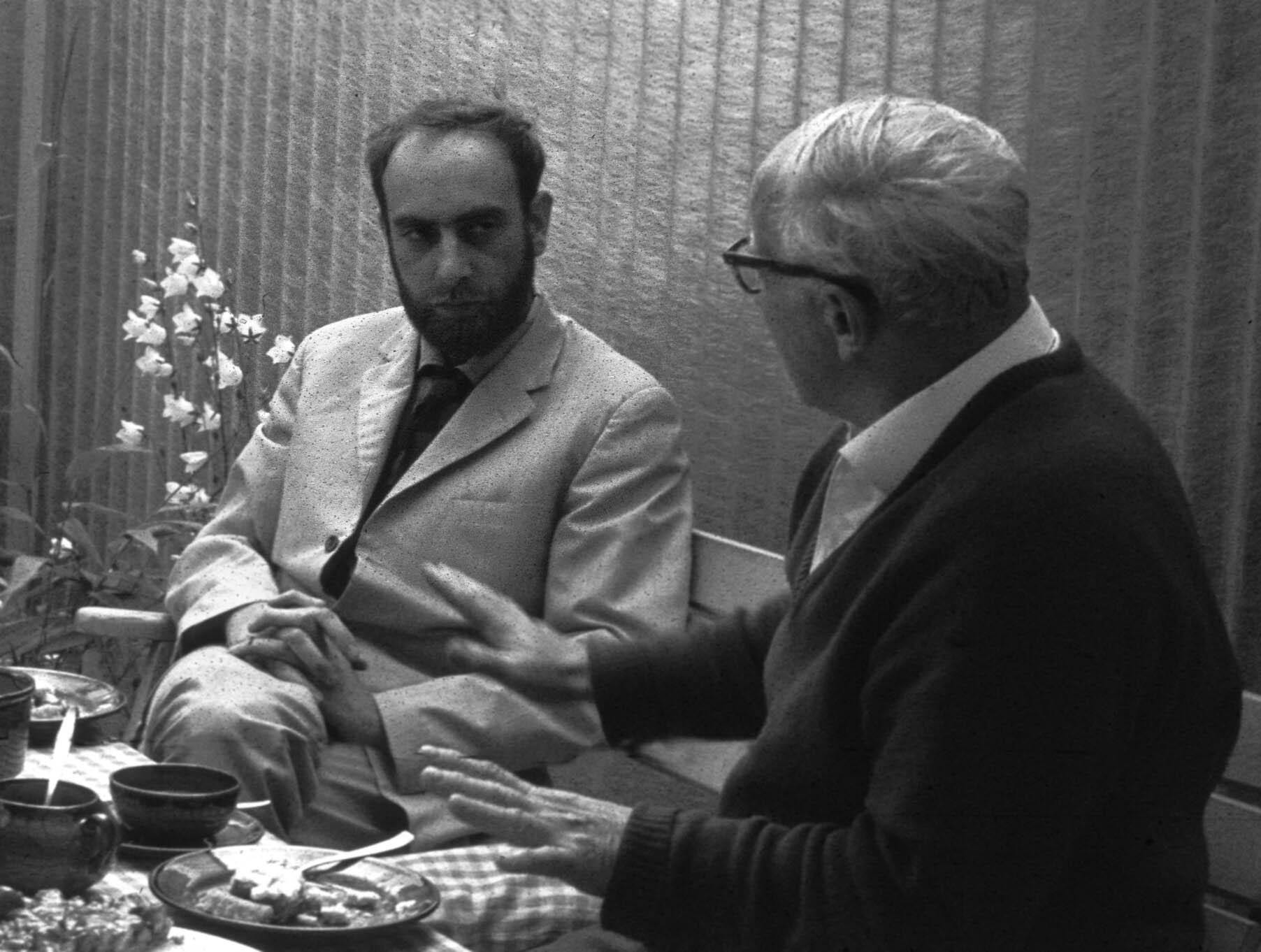|
Grugapark
The Grugapark is a central park in the city of Essen, North Rhine-Westphalia, Germany. It was first opened in 1929 as the first "Große Ruhrländische Gartenbau-Ausstellung". Adjacent to the Grugapark is the Grugahalle concert hall and the Messe Essen exhibition centre. History During WWII, 35 Russian forced labourers were killed by the Gestapo at a place called Montagsloch. Gallery File:Bundesarchiv Bild 102-08024, Essen, Eröffnung der "Gruga".jpg, Eröffnung der Gruga 1929 mit Blick vom Radioturm: hinten Dahlienarena, davor Pergolagarten und Milchgaststätte File:Bundesarchiv Bild 102-08183, Essen, "Gruga" aus der Vogelperspektive.jpg, Veranstaltung im Radiogarten 1929 File:Skulptur Joseph Enseling Trauer Essen Südwestfriedhof 2013.jpg, Bronzeskulptur "Trauer" von Joseph Enseling, heute auf dem Südwestfriedhof File:Montagsloch Essen, Grugapark 03.JPG, Gedenkstein am Montagsloch File:Essen Gruga Park Grugahalle.jpg, Haupteingangsbereich mit den Wasserfontänen, lin ... [...More Info...] [...Related Items...] OR: [Wikipedia] [Google] [Baidu] |
Essen
Essen (; Latin: ''Assindia'') is the central and, after Dortmund, second-largest city of the Ruhr, the largest urban area in Germany. Its population of makes it the fourth-largest city of North Rhine-Westphalia after Cologne, Düsseldorf and Dortmund, as well as the ninth-largest city of Germany. Essen lies in the larger Rhine-Ruhr Metropolitan Region and is part of the cultural area of Rhineland. Because of its central location in the Ruhr, Essen is often regarded as the Ruhr's "secret capital". Two rivers flow through the city: in the north, the Emscher, the Ruhr area's central river, and in the south, the Ruhr River, which is dammed in Essen to form the Lake Baldeney (''Baldeneysee'') and Lake Kettwig (''Kettwiger See'') reservoirs. The central and northern boroughs of Essen historically belong to the Low German ( Westphalian) language area, and the south of the city to the Low Franconian ( Bergish) area (closely related to Dutch). Essen is seat to several of the region's ... [...More Info...] [...Related Items...] OR: [Wikipedia] [Google] [Baidu] |
Grugahalle
The Grugahalle is a multi-purpose indoor arena located at the edge of the Botanischer Garten Grugapark in Essen, Germany. Opened on 25 October 1958, its seating capacity is about 7,700 people and about 10,000 for unseated events. The building was heritage-listed in 2000. The Grugahalle is the venue for concerts, sport events, political rallies, annual general meetings of large companies, and live screenings of significant sport events. Notable past events include the concert of Bill Haley and accompanying riots three days after the hall's opening. The Essener Jazztage (Essen Jazz Days) from 1959 to 1961 brought international performers like Ella Fitzgerald, Oscar Peterson, and the Dave Brubeck Quartet to the city. Later, The Beatles, The Rolling Stones, The Beach Boys, Led Zeppelin, The Who, Rush, ABBA, The Grateful Dead and many other groups included the Grugahalle in their tours. Frank Zappa and The Mothers of Invention gave their first concert in Germany there in front of ... [...More Info...] [...Related Items...] OR: [Wikipedia] [Google] [Baidu] |
Messe Essen
The Messe Essen is the exhibition centre of the city of Essen, North Rhine-Westphalia, Germany. It is located in the Rüttenscheid borough near the Grugapark. It is the 9th largest exhibition centre in Germany. History Though there had been a trade exhibition in the Saalbau Essen in 1893, the first real trade fair of the city was the ''Gewerbeschau Essen'' on 21 April 1913 near the Grugahalle. In 1921, an association was founded for the organization of the fairs. At the same time, Messehalle V was erected. Today, the Grugahalle stands on the foundation of this hall. In 1944, the Messe compound was destroyed by the allied bombings. Exhibitions were resumed in 1949. In 1971, the operating company of ''Gemeinnützige Ausstellungsgesellschaft mbH'' was renamed the ''Ausstellungs- und Messegesellschaft mbH Essen (AMGE)'', since 1982 it is called ''Messe Essen GmbH''. New halls were opened in 1983 and 1990. In 2000, Halle 3 went into operation. With a length of 230 meters, a width of ... [...More Info...] [...Related Items...] OR: [Wikipedia] [Google] [Baidu] |
Montagsloch
The Montagsloch was a building project in Essen during the time of National Socialism in Germany. It would have become one of the biggest stadiums in Germany. Its name may refer to the day when 35 Russian forced labourers were killed by the Gestapo of Essen Essen (; Latin: ''Assindia'') is the central and, after Dortmund, second-largest city of the Ruhr, the largest urban area in Germany. Its population of makes it the fourth-largest city of North Rhine-Westphalia after Cologne, Düsseldorf and D ... at this place. It was on March 12, 1945, a Monday (in German, ''Montag''). Some of the murderers were judged to long term prison sentences by a British military court in 1948. {{coord, 51, 25, 28.64, N, 6, 59, 41.33, E, dim:500_scale:5000_region:DE-NW_type:landmark_source:dewiki, display=title 1945 in Germany History of North Rhine-Westphalia Buildings and structures in Essen ... [...More Info...] [...Related Items...] OR: [Wikipedia] [Google] [Baidu] |
Urban Park
An urban park or metropolitan park, also known as a municipal park (North America) or a public park, public open space, or municipal gardens ( UK), is a park in cities and other incorporated places that offer recreation and green space to residents of, and visitors to, the municipality. The design, operation, and maintenance is usually done by government agencies, typically on the local level, but may occasionally be contracted out to a park conservancy, "friends of" group, or private sector company. Common features of municipal parks include playgrounds, gardens, hiking, running and fitness trails or paths, bridle paths, sports fields and courts, public restrooms, boat ramps, and/or picnic facilities, depending on the budget and natural features available. Park advocates claim that having parks near urban residents, including within a 10-minute walk, provide multiple benefits. History A park is an area of open space provided for recreational use, usually owned and maintain ... [...More Info...] [...Related Items...] OR: [Wikipedia] [Google] [Baidu] |
McDonald’s Kinderhilfe
McDonald's Corporation is an American multinational fast food chain, founded in 1940 as a restaurant operated by Richard and Maurice McDonald, in San Bernardino, California, United States. They rechristened their business as a hamburger stand, and later turned the company into a franchise, with the Golden Arches logo being introduced in 1953 at a location in Phoenix, Arizona. In 1955, Ray Kroc, a businessman, joined the company as a franchise agent and proceeded to purchase the chain from the McDonald brothers. McDonald's had its previous headquarters in Oak Brook, Illinois, but moved its global headquarters to Chicago in June 2018. McDonald's is the world's largest restaurant chain by revenue, serving over 69 million customers daily in over 100 countries in more than 40,000 outlets as of 2021. McDonald's is best known for its hamburgers, cheeseburgers and french fries, although their menus include other items like chicken, fish, fruit, and salads. Their most we ... [...More Info...] [...Related Items...] OR: [Wikipedia] [Google] [Baidu] |
Gardens In North Rhine-Westphalia
A garden is a planned space, usually outdoors, set aside for the cultivation, display, and enjoyment of plants and other forms of nature. The single feature identifying even the wildest wild garden is ''control''. The garden can incorporate both natural and artificial materials. Gardens often have design features including statuary, follies, pergolas, trellises, stumperies, dry creek beds, and water features such as fountains, ponds (with or without fish), waterfalls or creeks. Some gardens are for ornamental purposes only, while others also produce food crops, sometimes in separate areas, or sometimes intermixed with the ornamental plants. Food-producing gardens are distinguished from farms by their smaller scale, more labor-intensive methods, and their purpose (enjoyment of a hobby or self-sustenance rather than producing for sale, as in a market garden). Flower gardens combine plants of different heights, colors, textures, and fragrances to create interest and delight the s ... [...More Info...] [...Related Items...] OR: [Wikipedia] [Google] [Baidu] |
Parks In Germany
A park is an area of natural, semi-natural or planted space set aside for human enjoyment and recreation or for the protection of wildlife or natural habitats. Urban parks are green spaces set aside for recreation inside towns and cities. National parks and country parks are green spaces used for recreation in the countryside. State parks and provincial parks are administered by sub-national government states and agencies. Parks may consist of grassy areas, rocks, soil and trees, but may also contain buildings and other artifacts such as monuments, fountains or playground structures. Many parks have fields for playing sports such as baseball and football, and paved areas for games such as basketball. Many parks have trails for walking, biking and other activities. Some parks are built adjacent to bodies of water or watercourses and may comprise a beach or boat dock area. Urban parks often have benches for sitting and may contain picnic tables and barbecue grills. The larges ... [...More Info...] [...Related Items...] OR: [Wikipedia] [Google] [Baidu] |
Friedensreich Hundertwasser
Friedrich Stowasser (15 December 1928 – 19 February 2000), better known by his pseudonym Friedensreich Regentag Dunkelbunt Hundertwasser (), was an Austrian visual artist and architect who also worked in the field of environmental protection. Hundertwasser stood out as an opponent of "a straight line" and any standardization, expressing this concept in the field of building design. His best known work is the Hundertwasserhaus in Vienna, which has become a notable place of interest in the Austrian capital, characterised by imaginative vitality and uniqueness. Biography The Nazi era was a very difficult time for Hundertwasser and his mother Elsa, who were Jewish. They avoided persecution by posing as Christians, a credible ruse as Hundertwasser's father had been a Catholic. Hundertwasser was baptized as a Catholic in 1935. To remain inconspicuous, Hundertwasser also joined the Hitler Youth.Pawley, MartinFriedensreich Hundertwasse – Maverick architect building against the ... [...More Info...] [...Related Items...] OR: [Wikipedia] [Google] [Baidu] |




